Self-segregation runs deep in social cliques
Gazing down from the balcony during third lunch at South, watching students get lunch and talk with their friends, it’s easy to notice the diversity that South High School has. Whether you go to groups like student council or to the arts/ theatre department, racial diversity is represented. Student groups like UMOJA and South programs like All Nations for American Indian students encourage students to incorporate their ethnicity into the school setting and share it with others. Groups like these expose South to more cultures and different views, making it more unique than other Minneapolis Public High Schools.
But as South is claimed as diverse as a whole, some seem to say that the social cliques that South students create with each other don’t fit that statement.
“I think South is segregated,” South security guard Amere Watkins says when asked about the diversity of South social cliques. Watkins and many other staff tend to walk around the balcony during lunch to make sure lunch runs smoothly and efficiently so they have a great overview of South students.
“It sucks, but that’s how it is because people tend to feel more comfortable with their own race.”
When asked to continue on why he feels people are more comfortable with their our own race, Watkins says, “It’s harder to meet new friends so it’s easier to sit with people that are alike you.”
And we do tend to make friends with people who are more alike us, racially or based on similar interests. In a thesis paper written by Lawanda Denice Randle in 2008 called, “When whites are the minority”, middle school students are asked if they felt more comfortable in a classroom if their teacher was the same race of them. While many of them said it didn’t really matter as long as they were “nice”, some students said that they did because they understood more about what their race go through or they’re less likely to judge as quickly as other races do.
People tend to feel more comfortable with their own race which adds on to why some social cliques at South are less diverse than others. The All Nations program doesn’t interact as much with the Open and liberal program students so entering the program they’ve already formed their own social clique.
But, the diversity in South social cliques isn’t a thing we tend to notice because it’s not something that we’re focusing on or looking for so not many people comment on it.
“Occasionally I notice it, but it’s not something I’m actively looking for,” senior Maddy Heywood says when talking about the diversity of South social cliques, “No harm comes from hanging out with people you feel comfortable with. People aren’t consciously looking to hang out with people of a similar race it’s just made to seem that way if you analyze it more.”
Ethan Dean, the diversity and equity coordinator at South, explains that South social cliques aren’t as segregated as people see them, but we just tend to notice more differences or irregularities in groups.
“It’s how humans act. We tend to group people with similarities and commonalities than groups that are more different,” Dean says. “It depends on what you’re looking for, most people are don’t look for those groups but it’s just how our brains operate.”
“The common things don’t have to be racial or gendered. We can’t say that’s why we’re all together.”
When we notice cliques at South, there isn’t even a defined definition on how many people of a different race make up a social clique. Does having one “odd” race in a mix with another make a group diverse or, does having an equal amount of people define a diverse group? There’s no meaningful diversity if you just analyze specific South cliques so that’s why South needs to be looked at as a whole.
We already share our diversity in South by many ways. We have a lot of cultural events throughout the whole school year that help us learn more about other cultures are like and how they relate to people’s racial background.
“Students who aren’t Hispanic but learn about people’s different cultures through UNIDOS, the Spanish word for ‘united’, are encouraged to branch out with their ethnicity and learn more about their culture,” Heywood says.
South also has a lot of other cultural events throughout the year such as the Asian student association (ASA) fashion show, UMOJA auditorium performances, and an All Nations pow wow near the end of the year. These activities make South more diverse and helps represent more cultures that are present in our student body.
“The time we spend at South will be the most diverse aspect of our life,” Dean concludes about the cliques at South. And it’s true. We most likely will never be in such a compacted space like South high school and be exposed to so many racial backgrounds.
So some students do feel comfortable with their own race, that’s not something irregular. People tend to feel more comfortable around people that are like them. If we begin to notice the outliers in the cliques at South more than the other similar, diverse, points on a graph, we miss the big picture. There isn’t anything that defines a diverse social clique, let alone a diverse South social clique. South in itself is diverse and as South students we are exposed to diversity everyday from the time we enter the building to when we leave.
The cliques that we have and form at South are diverse because South high school is it’s own clique. The groups and friends we form are just individual components in what really counts as the “big clique”, South High School. Since this might be the most diverse aspect of our lives, we shouldn’t focus on the how many diverse cliques there are, but making friendships or acquaintances with people of different ethnicities so we can learn more about each other and get a sense of others cultures.
Though she is embarking on her last year here at South, Sera Mugeta has lots of enthusiasm for the upcoming one, working as a member of the Southerner....

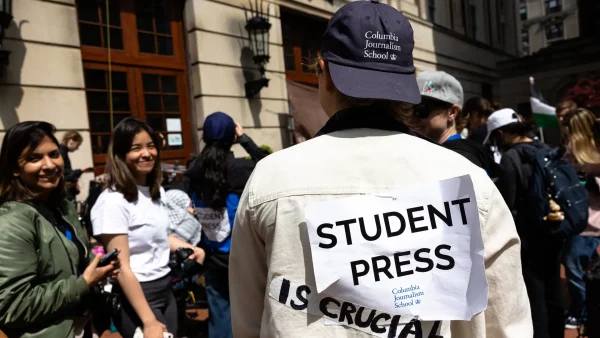
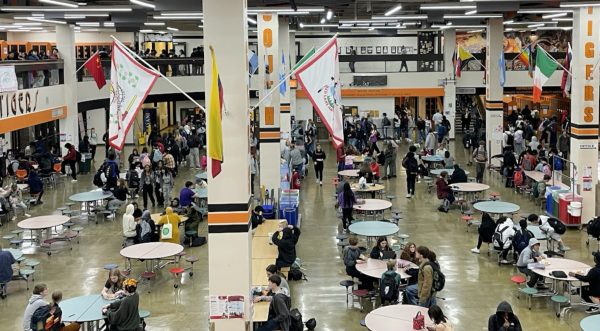
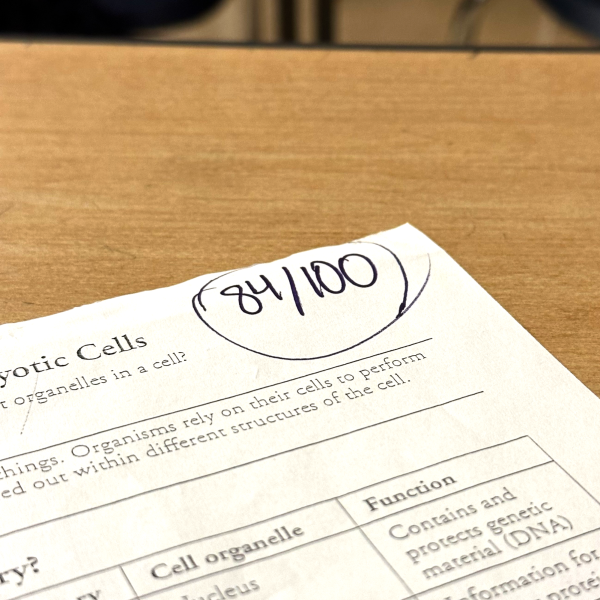
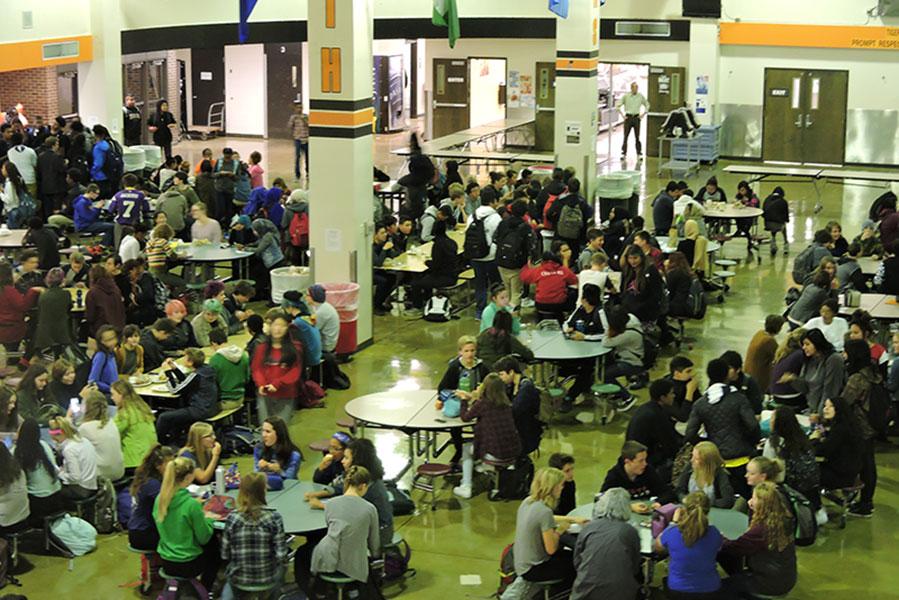
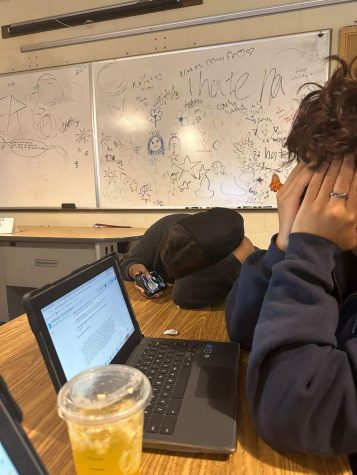
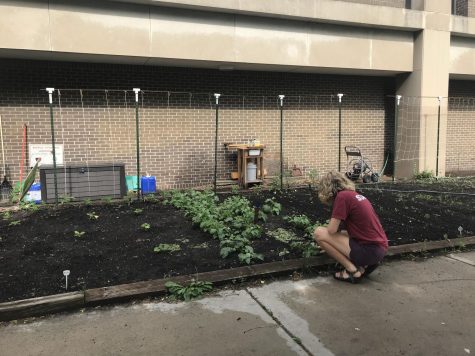
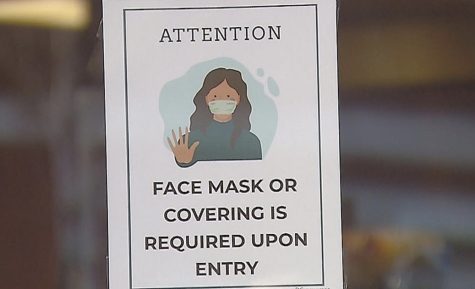
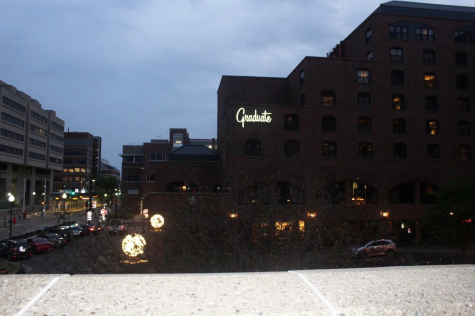
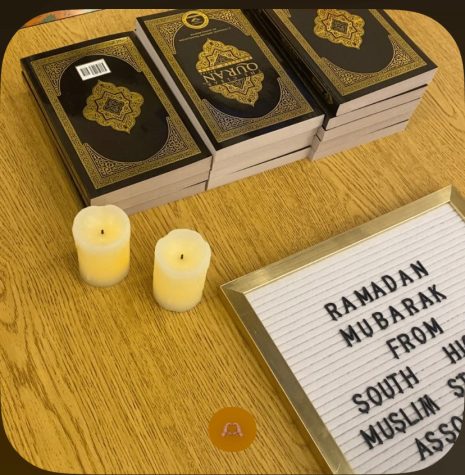
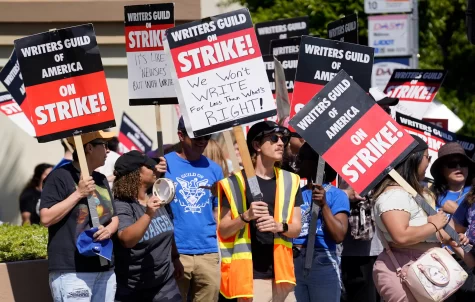
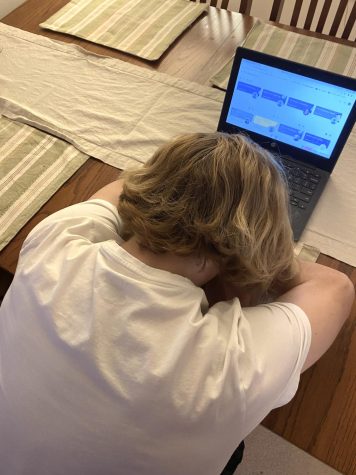
Cameron • Apr 2, 2016 at 9:20 pm
The time we spend at South will be the most diverse aspect of our life – that is an unfortunate truth for most people. If it weren’t the ignorance and sheltered lives these kids have, the school would be a much brighter place. There can and may be a better future for the diversity of the students. Ignorance is a bliss, but we can learn from one another, and what better to learn from a person who; you don’t know, looks different than you, and came from another background than you?